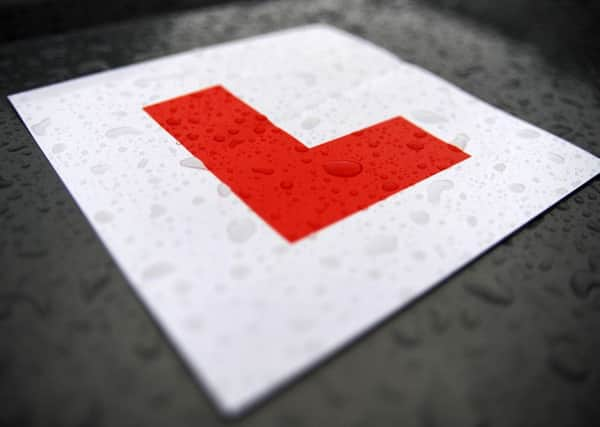Test must move with the times


Not since the introduction of a written theory test in 1996 have the standards required for a licence been altered.
But change is well and truly on its way at the end of this year under plans to drive down the number of people killed and seriously injured on Britain’s roads.
Advertisement
Hide AdAdvertisement
Hide AdMuch of the focus has been on the need for learner drivers to be able to use sat nav devices properly. Recent research may have found that motorists who rely on such devices “switch off” part of their brain in the process. But with more than 50 per cent of motorists now having a sat nav it is no surprise that the Driver and Vehicle Standards Agency is keen to ensure that they are used safely as safely as possible. Furthermore, the idea of sat navs being part of the driving test was backed during an official consultation.
While it is understandable it has taken the DVSA some time to get to grips with the popularity of such technology, it is somewhat baffling why other changes now on the cards have taken so long to get to this stage.
Among these are the ability to drive into and reverse out of a parking bay and assessing the ability of drivers on busier roads.
With road collisions accounting for a quarter of all deaths of those aged between 15 and 19 in the UK, it is vital the driving test is as rigorous as possible. The changes which will take effect in December are overdue. But with road accidents still the biggest killer of our young people, it seems odd to say the least that motorway driving will still not be part of the official driving test.